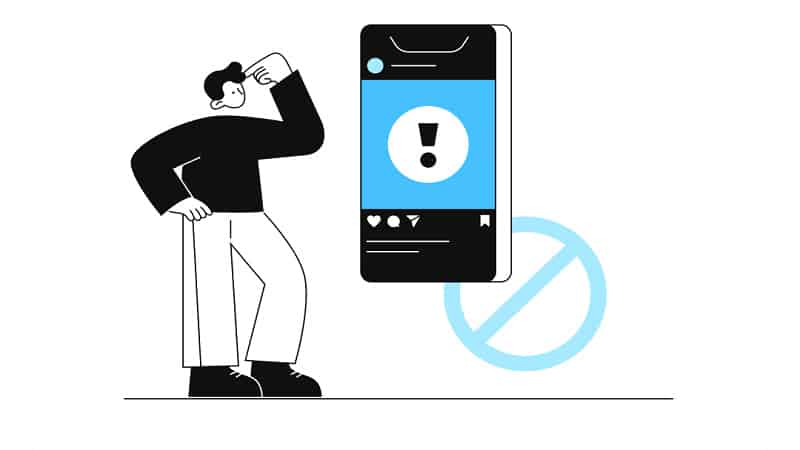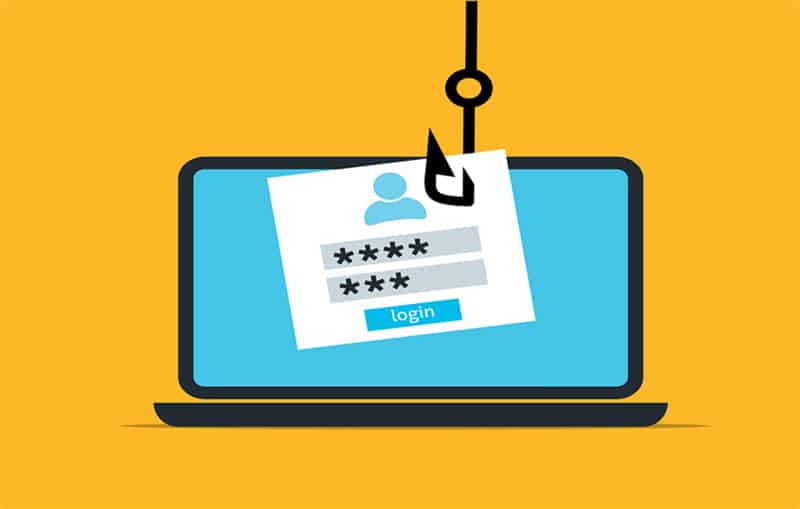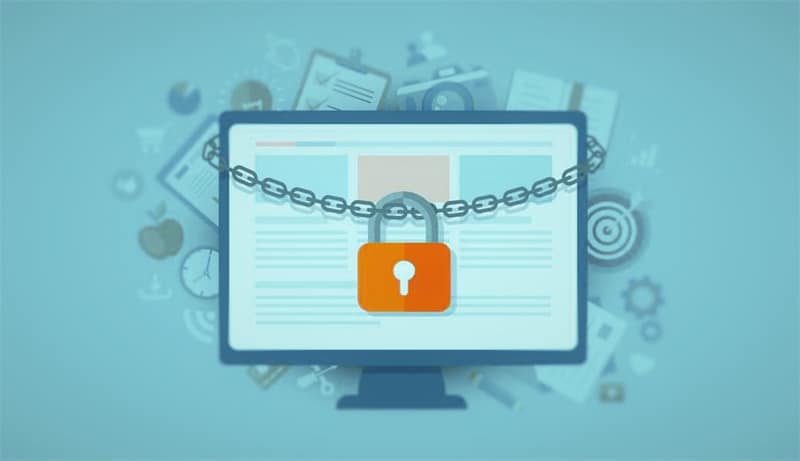
All the information on the internet can be vulnerable in one way or the other.
Maybe you logged into accounts using unsafe networks, or perhaps you exchanged passwords in an unencrypted chat. Of course, there is always a possibility that services do not do enough to protect your data. Hence, we witness numerous data breaches, leaving organizations and users vulnerable.
As a result of this, there are various protection tactics and workarounds in place that you can employ to protect your data. This guide will explain what we need to do to prevent account takeover and password theft.
What are Account Takeover and Password Theft?

Cybercriminals commonly use account takeovers and password theft to steal a person's online identity by acquiring their login credentials.
Account Takeover
Account takeover is the preferred technique of hackers to gain access and exert control over an individual's account. Such malicious activity can involve altering settings, making illicit purchases or transactions, and raiding personal data, all without permission.
Password Theft
Credential stuffing, or the malicious practice of stealing login credentials, is when hackers use automated tools to brute force their way into multiple accounts. This technique leverages lists of stolen usernames and passwords to gain unauthorized access across various websites.
Examples of how these crimes can occur include:
- Phishing: By sending deceptive emails and messages, hackers can acquire individuals' login credentials which they can use to gain access and control of their accounts.
- Keylogging: By deploying malicious software, hackers can monitor a user's keystrokes to capture sensitive data such as logins or passwords.
- Brute force attacks: A hacker employs automated techniques to crack an individual's login by entering a list of potential usernames and passwords.
- Use of Credentials leaked in Data breaches: By exploiting leaked credentials in the dark web, hackers can gain unauthorized access to multiple accounts.
Technological crime has a far-reaching impact, often causing financial loss and compromising personal data.
How to Protect Yourself

There are several steps individuals can take to protect themselves from account takeover and password theft:
Use Strong, Unique Passwords
Create passwords that consist of at least 12 characters and a random combo of letters, numbers, and special symbols. Do not use personal information, such as your name or birthdate. Also, avoid keeping the same password for multiple accounts.
Enable Two-Factor Authentication (2FA)
Many online services offer two-factor authentication, which adds a layer of security to your account by requiring a second form of identification, such as one-time password verification from your phone or a fingerprint, and your password.
Be Cautious of Suspicious Emails and Links
You must not click on links or download attachments from sources you don't know. Be particularly wary of emails that ask for personal information or login credentials.
Use a Password Manager
A password manager can generate unique, secure passwords for you and save them securely so you don't have to remember them.
Regularly Check Your Account Activity
Review your account activity regularly to detect any suspicious activity or changes.
Be Aware of Social Engineering
Beware of the scammers’ tactics to trick you into disclosing your personal information, such as pretexting (posing as someone you trust), baiting (offering something you want), and scareware (using fear to make you act).
Use Anti-Malware Software
Use anti-malware software to protect your computer and mobile devices from malware and viruses that can steal your login credentials.
Avoid Using Public Wi-Fi
Public Wi-Fi networks are often unsecured, which makes it easy for hackers to intercept your login credentials.
Use a Virtual Private Network (VPN)
A Virtual Private Network encrypts your internet connection, making it more difficult for hackers to intercept your login credentials when using a public or unsecured Wi-Fi network. A VPN download can also protect your online activities from being tracked by your internet service provider, government agencies, and third parties.
Use a Unique Email for Your Sensitive Accounts
Many online services send password reset and account recovery links to your email address. Using a unique email address for your sensitive accounts can ensure that a hacker who has compromised one of your less critical email addresses can't use it to reset the password of your exposed accounts.
Remember that cybercriminals are becoming more sophisticated and creative, so it's important to stay vigilant and implement multiple layers of security to protect your accounts and personal information.
Conclusion
Account takeover and password theft are serious cybercrimes that can cause significant harm. By following security best practices such as using strong passwords, enabling 2FA, being cautious of suspicious emails and links, using a VPN, using a password manager, regularly monitoring your accounts, and using a unique email for sensitive accounts, you can protect yourself from these threats. Remember, cyber security is an ongoing process. Stay vigilant and keep your security measures updated.






